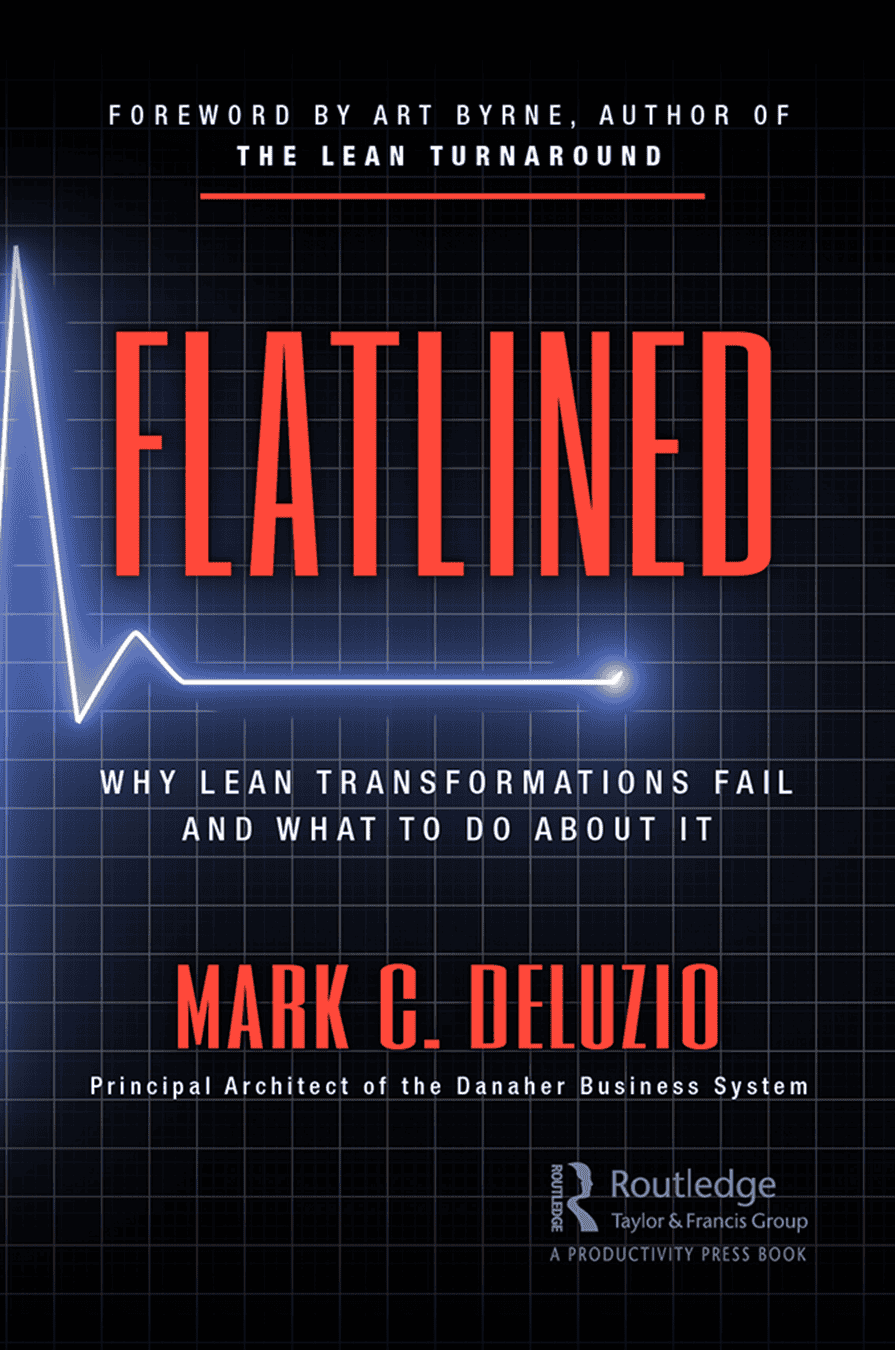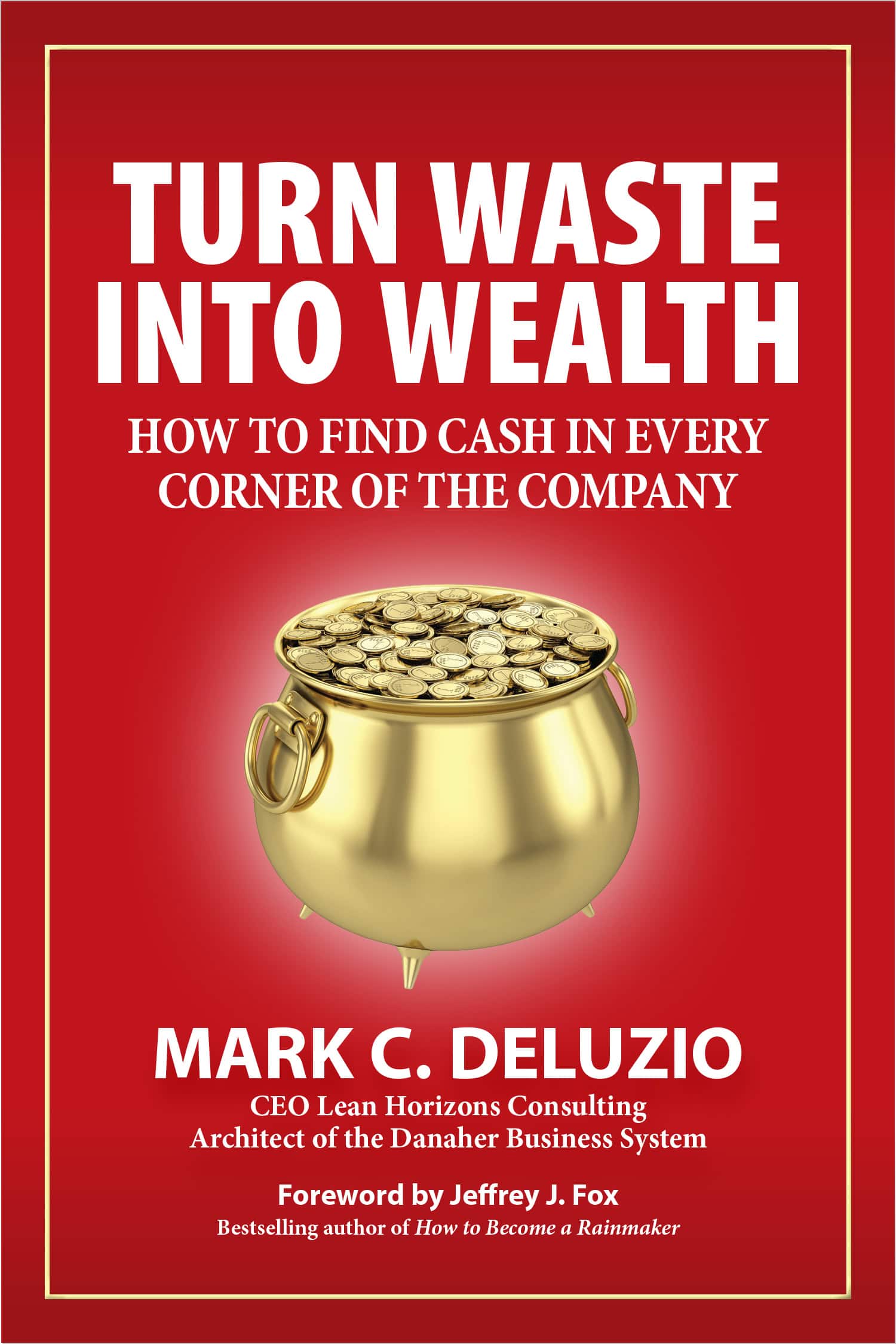In our recent episode of Lean 911, Lean Horizons Consulting CEO and founder Mark DeLuzio shared his insights on the dangers of destructive leadership in Lean culture. Drawing from his extensive experience, Mark highlighted the pitfalls that derail Lean transformations and offered guidance on how leaders can avoid these traps.
Keep reading to understand how destructive leadership can deeply impact an organization’s success and learn strategies for promoting a culture where employees feel safe, empowered, and encouraged to contribute.
The Consequences of Destructive Leadership
Mark emphasizes that destructive Lean leadership can have far-reaching consequences for organizations. He says, “To me, a massive layoff in the company is a sign of a defect of leadership.” When leaders focus solely on short-term cost reduction, they may resort to layoffs, corner-cutting, and pressure tactics that erode trust and engagement. This approach undermines long-term improvement efforts and can lead to a vicious cycle of declining performance and further destructive actions.
The impact of destructive leadership extends beyond the immediate financial results. It can damage an organization’s culture, reputation, and ability to attract and retain talent. Employees who witness or experience destructive leadership practices may become disillusioned, disengaged, and less likely to contribute their best efforts. Over time, this can lead to a downward spiral of declining morale, productivity, and customer satisfaction.
Key Questions for Leaders
To prevent these adverse outcomes, Mark poses several thought-provoking questions that challenge leaders to examine their approach to Lean transformation. As a leader in your own organization, consider the following to reflect upon:
- Do leaders genuinely welcome change, or are they merely seeking better results without being willing to upset the status quo?
- Why are leaders hesitant to guarantee job security for their workforce during Lean improvements?
- Do leaders create an environment where employees feel safe voicing opinions that may differ from those of leadership?
- When layoffs occur, why are so many continuous improvement professionals among those let go?
- How do leaders justify keeping their own jobs while others are asked to leave?
By honestly reflecting on these questions, leaders can identify areas where they may fall short and take corrective action to avoid the perils of destructive Lean leadership. This process requires a willingness to challenge one’s assumptions, biases, and habits and embrace a mindset of humility, curiosity, and continuous learning.
The Importance of Process Focus and Employee Engagement
Mark stresses that authentic Lean leadership requires a relentless focus on process improvement and employee engagement: “You cannot lose weight by just looking at the pounds on a scale. You have to be looking at the leading indicators, the process.” Leaders can create sustainable improvements that benefit all stakeholders by prioritizing the processes that drive safety, quality, delivery, and cost.
However, focusing solely on processes is not enough. Leaders must actively engage employees in the improvement process. Job security, open communication, and the necessary resources and support allow leaders to tap into their workforce’s creativity and problem-solving potential. After all, employees are unlikely to engage in improving their work if they fear losing their jobs.
Employee engagement is not a one-time event but an ongoing process that requires consistent effort and attention. Leaders must create opportunities for employees to learn, grow, and contribute ideas. To achieve this, leaders can conduct regular Gemba walks, where they spend time on the shop floor observing processes and engaging in dialogue with frontline staff. It also means providing training and development opportunities to help employees build the skills and knowledge needed to drive continuous improvement.
Building a Culture of Continuous Improvement
Ultimately, avoiding the perils of destructive Lean leadership requires building a culture of continuous improvement. Creating an environment where employees feel safe, empowered, and encouraged to identify and solve problems, share ideas, and collaborate on improvement efforts is essential. This psychological safety allows employees to raise concerns, suggest ideas, and challenge the status quo without fear of retribution, which fosters an environment where employees are willing and able to contribute to continuous improvement initiatives.
Leaders must also provide the necessary framework, resources, and support for employees to drive Lean improvements, which includes investing in training and development. By equipping employees with the skills and knowledge to identify and solve problems, leaders can create a sense of ownership and empowerment that fuels operational excellence.
Furthermore, leaders should involve employees in problem-solving and decision-making. Solving problems at the closest level to where the work gets done is crucial, as employees are the best consultants who know the job better than anyone else. Leaders can drive more effective and sustainable improvements by leveraging the expertise and insights of frontline staff.
The Role of Leadership in Lean Transformation
As Mark’s insights make clear, leadership plays a critical role in the success or failure of Lean transformations. Leaders who embrace Lean principles, focus on process improvement, and engage employees can create a foundation for long-term success. On the other hand, leaders who resort to destructive practices such as layoffs, corner-cutting, and pressure tactics can quickly derail even the most promising improvement efforts.
Effective Lean leadership requires a significant shift in mindset and behavior. Leaders must be willing to abandon traditional command-and-control approaches and embrace a more collaborative, empowering style. They must also be comfortable with uncertainty, ambiguity, and experimentation and willing to learn from failures and successes.
The Path Forward
By embracing the principles of effective Lean leadership, fostering a culture of continuous improvement, and empowering your employees to drive change, you can avoid the perils of destructive practices and achieve lasting efficiency and engagement. Learn how our Lean leadership development programs and professional guidance can support your journey toward sustainable success. Visit our website and contact us today to learn more.

